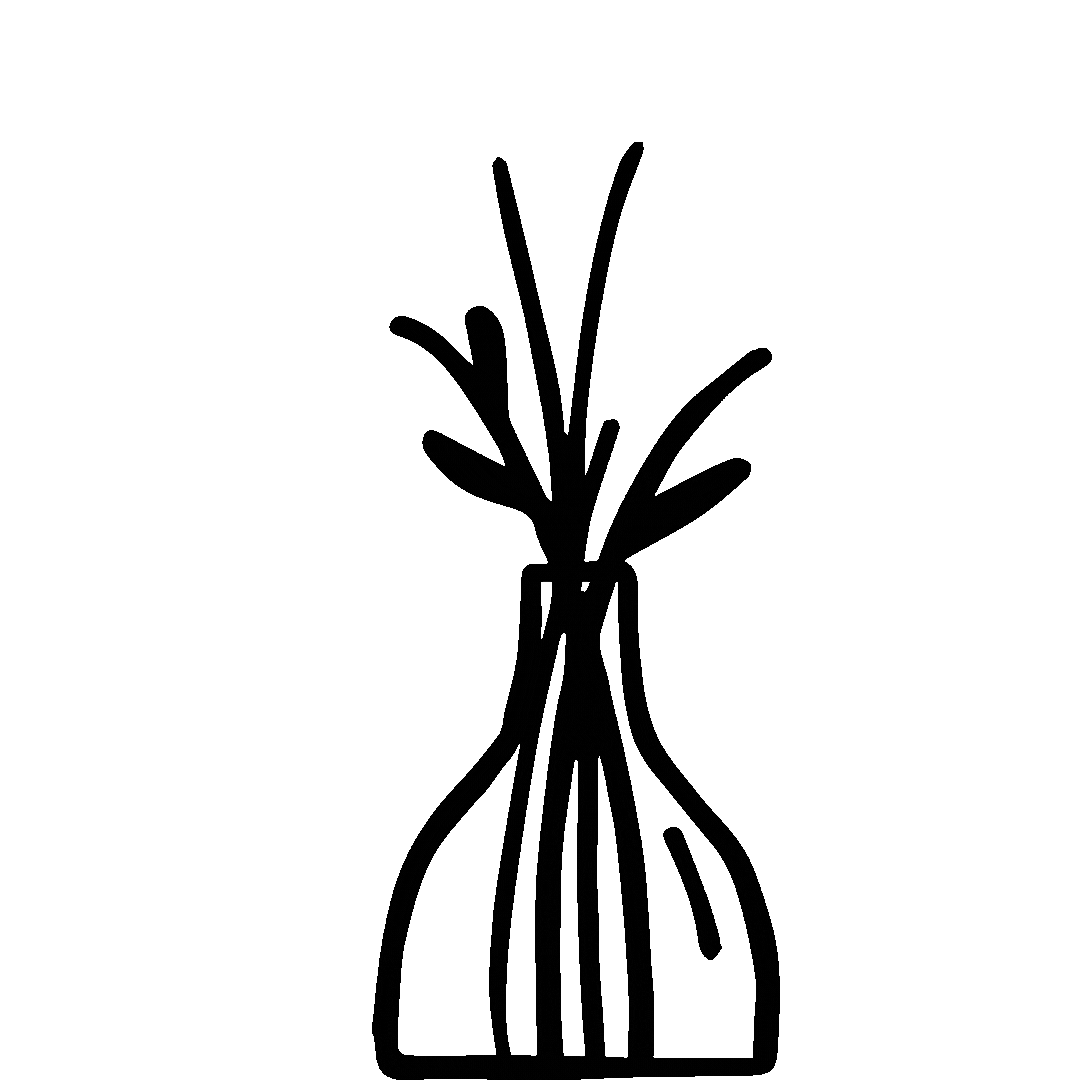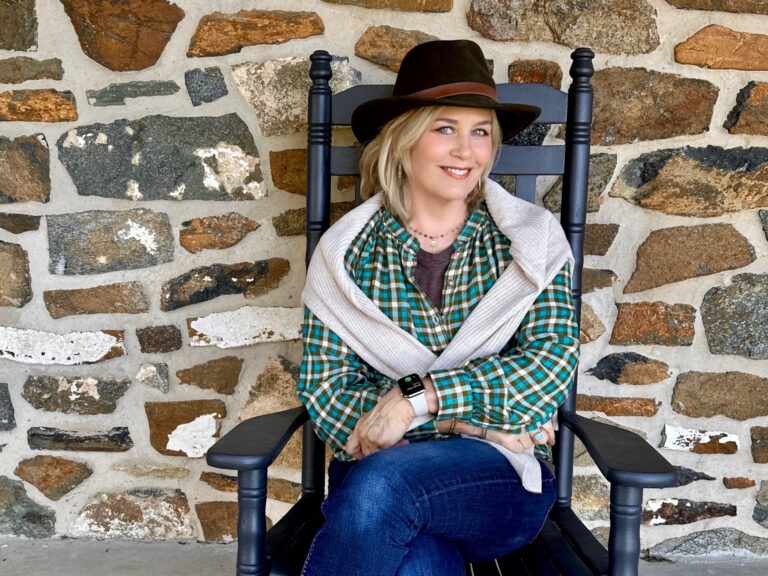The Origins & Species of Our Reclaimed Woods
We’re often asked, “What are the origins and wood species in your furniture?” Here’s a clear, concise answer.
Why Reclaimed Wood
The materials in our handcrafted pieces reflect the custom nature of our work—reclaimed wood. Before it became furniture, much of this timber framed barns, warehouses, and mills built in the 18th and 19th centuries (roughly 100–250 years ago). Those buildings were typically constructed with mature, old-growth trees—often 100–200 years old at the time—felled nearby and hauled by horse to the job site.
Add that up, and many of the boards we work with today come from trees that began growing 300–500 years ago. That long life yields tight grain, stability, and character you simply can’t fake—nail holes, saw marks, mineral streaks, and the natural patina of time.
The typical procedure involved using trees near the construction site to save time and costs. Trees were felled and hauled by horses to where the structure was being built. As a result, your reclaimed wood furniture piece might be made from wood ranging from 300 to 500 years old!


The Five Main Reclaimed Species We Use
Below are the primary species we source from old barns and historic structures. Each brings its own look, feel, and strengths.
Oak (Red)
Oak is dense, strong, and highly grained—the hardest of the woods we commonly use.
-
Red oak shows warm, reddish undertones and pronounced grain.
-
Ideal for: tabletops, benches, and pieces that take daily use.


Chestnut (aka “Wormy Chestnut”)
Chestnut is technically a hardwood, but it sits in the mid-range for hardness, making it gentle on the eye and pleasantly workable. In our region’s historic barns, oak and chestnut beams were common. Reclaimed chestnut frequently shows wormholes, a beloved feature that adds depth and character.
Why chestnut is only available reclaimed:
In the early 1900s, the American chestnut population was devastated by chestnut blight caused by the fungus Cryphonectria parasitica. The blight is widely traced to imported Asian chestnut stock identified in New York City in 1904. The disease spread rapidly; by the 1920s, mature chestnuts across much of the East were gone. Many dead trees stood for years, becoming habitat for small boring beetles—hence the classic “wormy chestnut” you see in heirloom pieces today.
Look & use: chocolate-to-golden tones, open grain, rich history; beautiful for tables, case goods, and accent panels.



Douglas Fir
Douglas fir belongs to the pine family and offers a straight, even grain with moderate hardness (not as soft as white pine, not as hard as oak). It often shows subtle red undertones and smaller knots than white or yellow pine.
Why we recommend it: When you want a refined, smoother look with plenty of character—without heavy color variation—fir is a great choice.


Yellow Pine (Heart Pine)
Our reclaimed yellow pine is typically dense and weighty, with warm amber/yellow undertones and dramatic grain. It’s frequently used outdoors and makes bright, light-toned furniture.
Finishing tip: We prefer to celebrate its natural, lighter color rather than push it very dark.


White Pine
A perennial customer favorite for classic farmhouse tables and cabinetry. White pine is the softest species we use, with beautiful color variation and knots (often with darker halos). If you need maximum hardness, white pine isn’t the pick—but if you love warmth, patina, and lived-in charm, it’s perfect. We especially love how milk paint looks over white pine for cabinetry.




Reclaimed Woods: Natural Color Variation
Weathering & orientation: Boards age differently depending on where they lived in the structure (e.g., north vs. south exposure).
Layering history: You may see “ghosting” where other boards once overlapped.
We lean into these variations—they tell the story of the wood’s past and give your piece one-of-a-kind depth.
Staining & Finishing
Different species accept stain differently. We typically dilute stain on pines to avoid over-darkening, while oak and chestnut take stain more evenly and deeply. For a deeper dive into our process, read The Art of Finishing Reclaimed Wood.
Kiln-Dried for Performance
After we prepare boards for building, we kiln-dry our reclaimed lumber. This added step helps with stability and longevity in your finished furniture.
Why Reclaimed Can Cost More (and Why It’s Worth It)
Working with reclaimed lumber is labor-intensive. We carefully de-nail, re-saw beams into boards (especially for chestnut and oak), and plane everything smooth. Reclaimed wood is tough on tools—we go through more saw blades than with new lumber. The result, though, is furniture with history, integrity, and character you can’t reproduce.
Every Piece Is Truly One-of-a-Kind
Even when two pieces share the same style, no two boards—and no two finished tables—look exactly alike. That’s the beauty of reclaimed wood: it gives you a singular, heirloom-quality piece.
Have questions about which species is right for your home and lifestyle? Tell us about your space and how you’ll use the piece—we’ll guide you to the perfect wood and finish.





